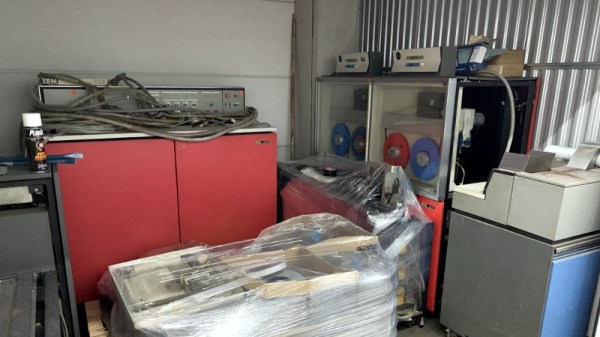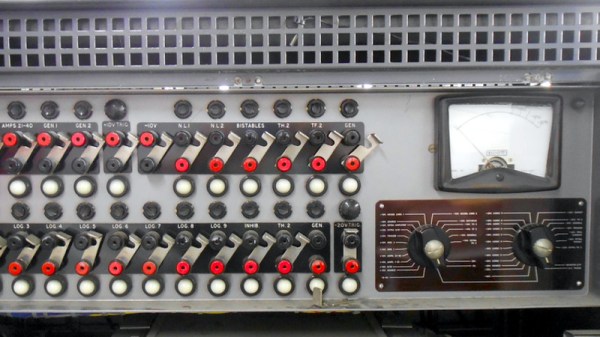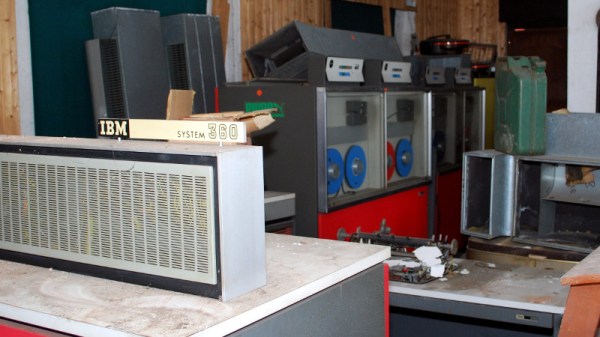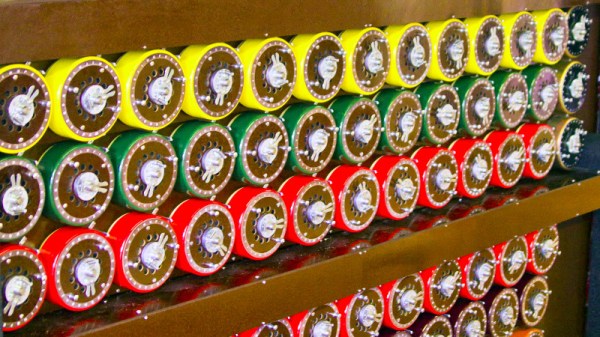It’s a story that may be familiar to many of us, that of bidding on an item in an online auction and discovering once we go to pick it up that we’ve bought a bit more than we’d bargained for. We told you earlier in the year about the trio of Brits who bought an IBM System/360 mainframe computer from the mid 1960s off of a seller in Germany, only to find in the long-abandoned machine room that they’d bought not just one but two 360s, and a System/370 to boot. Their van was nowhere near big enough for all three machines plus a mountain of cabling, documentation, and period storage media, so they moved it to a hastily-rented storage unit and returned home to work out what on earth to do next.
Now we’ve received an email from the trio with some good news; not only have they managed to bring their hoard of vintage big iron computing back home, but also they’ve found a home for it in the rather unusual surroundings of a former top-secret UK Government signals intelligence station. With the help of a friendly specialist IT relocation company they unleashed it from their temporary storage and into the truck for the UK. It’s a tale of careful packing and plenty of wrapped pallets, as we begin to glimpse the true extent of the collection as you can see in the video below the break, because not only have they secured all the hardware but they also have a huge quantity of punched cards and disk packs. The prospect of a software archaeology peek into how a 1960s mainframe was used by its original customer is a particularly interesting one, as it’s likely those media contain an ossified snapshot of its inner workings.
We’re hoping to follow this project as it evolves, and see (we hope) a room full of abandoned junk transformed into a facsimile of a typical 1960s business computing setup. If you’d like to catch up, read our original coverage of the find.

















